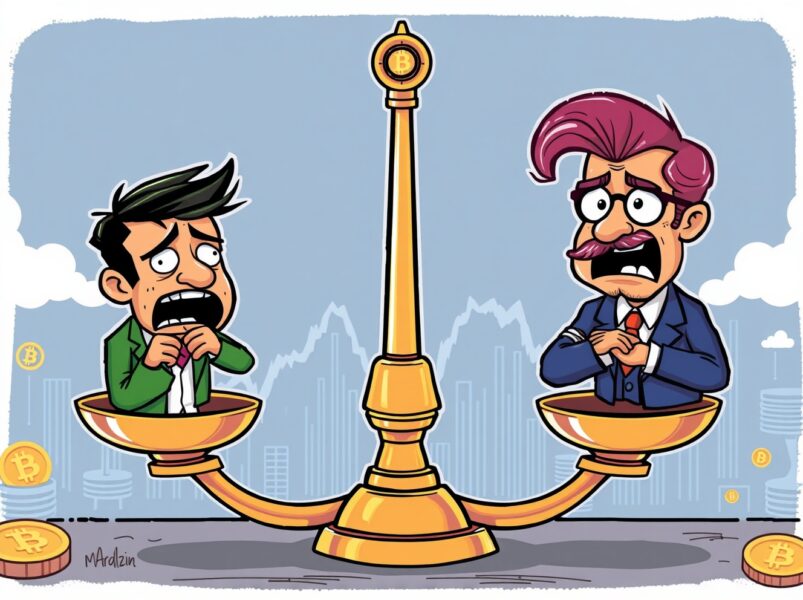Gold Surpasses US Treasuries for the First Time in 30 Years
For the first time since the mid-1990s, foreign central banks have held more gold than US treasuries. This milestone shows a significant shift in how global power views safety, liquidity, and trust.
Beyond a market event, the quiet rotation from paper to metal marks a potential turning point in the architecture of global finance.
Gold Overtakes US Treasuries for the First Time in 30 Years
Data shared by Barchart confirmed the crossover, with central banks continuing their record-breaking gold buying streak into 2025.
According to the World Gold Council, central banks purchased a net 19 tonnes in August alone, after adding 10 tonnes in July. With this, they set the year on track for roughly 900 tonnes in total. It would mark the fourth consecutive year that global purchases exceed twice the long-term average.
The Kobeissi Letter noted that central banks have bought gold for 16 years. This is the longest streak on record and comes after these financial institutions were net sellers for over two decades before 2010.
In the first half of 2025, 23 countries expanded their reserves. “Central banks cannot stop buying gold,” Kobeissi wrote.
The reason runs deeper than inflation, with macro researcher Sunil Reddy highlighting that gold’s latest rise tracks the collapse of the Federal Reserve’s reverse-repo balances. This is the pool where excess liquidity is used to park safely overnight.
When Trust Falters, Hard Assets Rise — and Digital Gold Awaits Its Turn
That trust gap is widening, with reports indicating that the US government now spends nearly 23 cents of every dollar of revenue on interest. At the same time, foreign confidence in Treasuries wanes amid political gridlock and debt escalation.
Against this backdrop, analysts say gold has not changed. Rather, it is the measuring stick that is collapsing. Since the 1970s, major currencies like the British pound and Swiss franc have lost between 70% and 90% of their value when measured against gold.
Still, even gold’s dominance faces new challengers. Crypto investor Lark Davis noted that while gold fell 5% last week, its steepest one-day drop since 2013, Bitcoin rose 3%.
His view echoes Mister Crypto’s post that “digital gold is next,” hinting at a rotation brewing beneath the surface.
However, if gold’s pullback looked dramatic, insiders say it was mostly mechanical. A large ETF (exchange-traded fund) block trade that tripped algorithmic volatility triggers.
All these taken together, the world’s monetary guardians, comprising institutions that issue fiat currency, are moving decisively into hard assets.
This state of global finance, where central banks go from dumping gold for decades to now buying record amounts yearly, may define the decade ahead for markets and for money itself.
You May Also Like

Crypto Fear & Greed Index: Remarkable Shift to Neutral at 51 Signals Market Confidence

Money giant Western Union to pilot stablecoin-powered transfers
Western Union CEO said there are “significant opportunities” to utilize stablecoins for sending and receiving money across borders. Financial services company Western Union is set to pilot a stablecoin-based settlement system to modernize its remittance operations for its more than its 150 million customers.During Western Union’s third-quarter earnings call on Thursday, CEO Devin McGranahan said the pilot is “focused on leveraging onchain settlement rails to reduce dependency on legacy correspondent banking systems, shorten settlement windows, and improve capital efficiency.”Western Union processes around 70 million transfers each quarter. Blockchain technology could offer significant advantages over traditional remittance rails and could benefit its customers located in more than 200 countries. Read more
